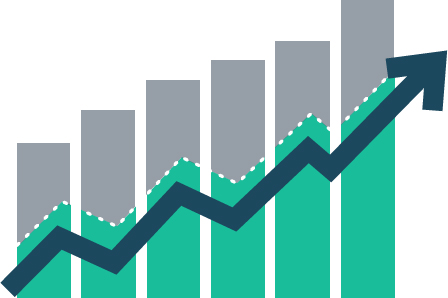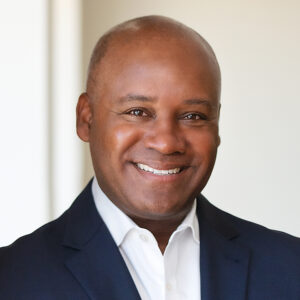
Embrace the Dip: Value Returns to the Markets
Market volatility seems like it will be a feature for the rest of the year, but recent moves have solved a problem for long-term investors: neither equity nor fixed-income valuations are demanding. In fact, we haven’t seen an entry point like this for the two key components of balanced portfolios since 2018.
Corporate earnings look solid, valuations are reasonable and fixed income provides invaluable protection if we do end up seeing a recession over the medium term. This makes us constructive on markets for the remainder of the year.
Since the middle of 2018, investors had to deal with a valuation problem. On the one hand, equity valuations were historically elevated, and “risk-free” bond yields were historically low. Now, the picture is very different.

The last seven years offer a useful timeframe because they include several macroeconomic environments while also providing a consistent comparison of the types of companies that constitute the S&P 500. On April 29, 2022, the S&P 500 was trading at a price-to-earnings ratio of 18x, which is the average over that seven-year timeframe. We think corporate earnings (which drive stock prices over the long term) will continue to grow at a solid pace.
But for the first time in a long time, we don’t think we are paying a premium for them.
On bonds, we have been unenthusiastic about most parts of core, investment-grade fixed income because we thought rates would rise, and the protection the asset class provides was eroded by the limited amount that rates could potentially fall. But the pivot by global central banks has changed that. Interest rates on longer-term, “risk-free” government securities are over 100 basis points higher than they were at the beginning of the year. This means that investment-grade fixed-income securities such as municipal and corporate bonds offer an attractive potential return.
To get a holistic view of what this means for a multi-asset portfolio, we can consider the “earnings yield” of the equity portion and the yield of the bond portion of the portfolio. This metric has averaged ~4.5% since the end of 2009 for a simple portfolio of the S&P 500 and U.S. investment-grade bonds. During the pandemic, this metric plunged down to just 2.5%. But now, the portfolio yield is back up to 4.62%, the highest since 2018.
Investors who are looking to start their own investment journeys are being provided with a compelling opportunity. The longer the time horizon, the narrower the range of potential outcomes. This is one of the many reasons why we believe designing an investment portfolio with a clear intent and time horizon is the best way to increase the probability of investment success.
Rick Barragan is the Managing Director, Los Angeles Market Manager, for J.P. Morgan Private Bank.
[email protected] | (310) 860-3658
privatebank.jpmorgan.com/los-angeles
